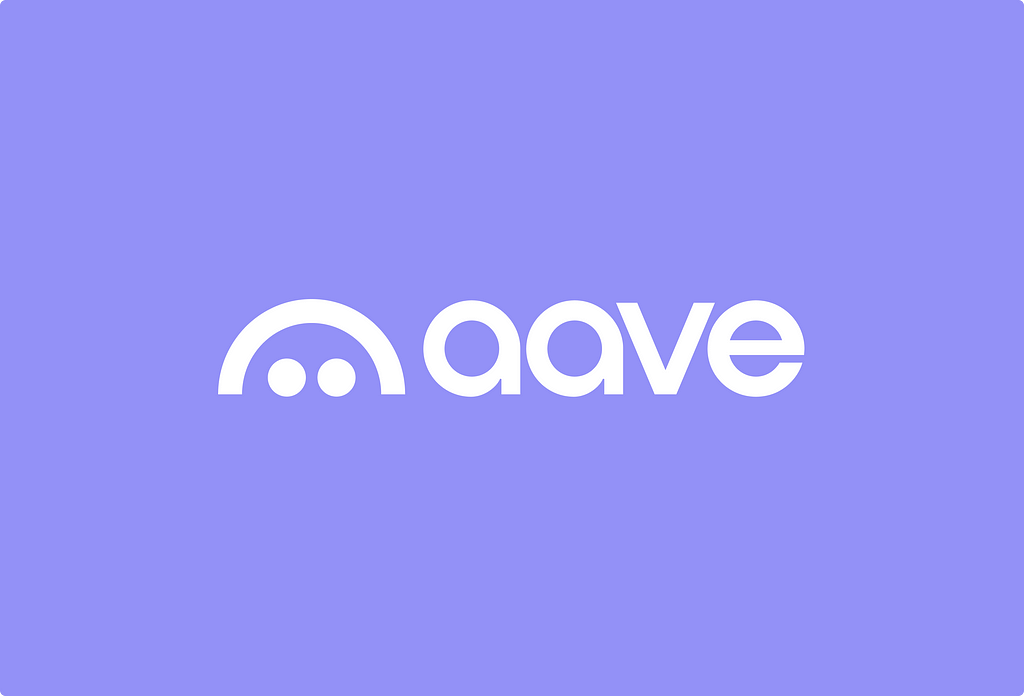
Aave is a decentralised, non-custodial liquidity protocol that allows anyone to borrow and lend a wide range of digital assets.
It began as Lend (LEND) in 2017, rebranded, and started migrating the previous token to AAVE in October 2020.
The platform is available in different iterations: Versions 1, 2, and 3. According to an Aave Docs entry, the latter offers improved capital efficiencies, greater security, and cross-chain functionality while allowing for high decentralisation.
While its focus is still on peer-to-peer (P2P) borrowing and lending of crypto assets, the protocol is still limited to Ethereum and a few ERC-20 tokens, mostly stablecoins. Thus, it excludes a massive chunk of the digital asset space by being unable to deal with Bitcoin directly.
However, there is a workaround: Wrapped Bitcoin (WBTC).
A wrapped asset is a token (usually issued on Ethereum’s blockchain) representing the original asset, with its price being more or less pegged to the native coin.
I believe cryptos on other blockchains, such as ADA, BNB, XRP, SOL, and AVAX, will eventually be available in a wrapped form as this market matures.
Where are tokens available through its platform kept? According to its website FAQs:
“Supplied tokens are stored in publicly accessible smart contracts that enable overcollateralised borrowing according to governance-approved parameters. The Aave Protocol smart contracts have been audited and formally verified by third parties.”
Billions of dollars and counting
Its official website claims over $16.6 billion of liquidity is locked in AAVE across eight networks and 15 markets.
I expect its TVL to fly past its previous ATH of roughly $20B (per the above chart) as funds pour into the space again, re-igniting a keen interest in lending and borrowing crypto assets.
Since its ATH nearly three years ago, it has further expanded its compatibility with even more chains. I expect a new ATH for TVL and the token’s price within the next 12 months, assuming we witness a fully-fledged market-wide bull run.
What’s the role of the AAVE token?
AAVE serves three main purposes:
— It is a governance token for anyone willing to vote on Aave Improvement Proposals (AIPs)
— It is used as a staking asset, whereby delegators earn staking rewards for securing the protocol.
— It also serves as a collateral asset, and unlike many other tokens available through the protocol, AAVE cannot be borrowed.
For further details, visit the Aave (AAVE) token page at Aave Docs.
GHO stablecoin
In July 2023, Aave released its in-house stablecoin, GHO (pronounced “go”), a decentralised, over-collateralised stablecoin managed by the Aave DAO.
Even though I believe we have an overabundance of stablecoins — way more than what we need, in my opinion — the silver lining to this is creating increased competition and providing decentralised alternatives to Tether USD (USDT) and USD Coin (USDC), with the former accounting for 69% of the total stablecoin market cap.
The protocol claims you can “integrate GHO payments into your app with as few as 10 lines of code”.
Owing to Aave’s popularity among those seeking P2P lending and borrowing, with its (relatively) longstanding presence in this space, I believe GHO will gain moderate traction and do well in the Aave protocol as the network continues to grow.

A multichain setup, L2s on Aave, and news
Like many other platforms and tokens, it launched on Ethereum but has continued incorporating new chains into its network. These include major L1s such as Ethereum, BNB Chain, Polygon, and Avalanche.
Additionally, Aave’s latest market, Version 3, is compatible with popular L2s, including Base and Arbitrum, and works with alternatives such as Metis and Scroll.
As a result, users can benefit from ultra-cheap and fairly quick transactions carried out on these L2s, which are secured by Ethereum.
Get an email whenever Crypto with Lorenzo publishes.
In July, developers released Umbrella, a revamped version of the Aave Safety Module — a scheme for $AAVE (and $AAVE/WETH Balancer Liquidity Pool) holders to earn rewards by staking tokens.
This marks the introduction of new stk aTokens on the protocol — interest-bearing tokens pegged 1:1 to their related deposited assets. One benefit is that holders can earn several rewards per individual stk asset (most likely up to three at once).
This is to compensate validators for slashing risks: When a participant acts dishonestly and negatively affects the network, part of the upfront stake is lost as a form of punishment.
One key improvement with Umbrella compared to the current Safety Module is that it no longer requires stkAAVE holders to sell AAVE if the staked token is slashed. Instead, the aTokens are burned.
I recommend checking out this link for the full run-down of Umbrella.
Besides this network-specific improvement, Aave is also a major beneficiary of the significant drop in gwei (Ethereum gas) fees since the introduction of EIP-4844 (Proto-Danksharding) earlier this year.
This allows Aave and other major DeFi protocols that predominantly use Ethereum’s blockchain, such as Uniswap, dYdX, and Curve, to cope better with a massive surge in network activity while keeping fees at a reasonable level. In contrast, users often forked out several hundred dollars in fees per transaction to conduct an ERC-20 token swap in 2021.
Additional thoughts
While a limited range of altcoins and tokens are supported, this will present even more growth opportunities for the Aave protocol as the market matures and greater liquidity flows through the space to make lending and borrowing pools viable.
Still, Aave remains a reliable player in the DeFi space, while other options have only grown in popularity and TVL over time, unlike many competitors that launched at the same time (around 2017) and have pretty much vanished.
Due to this additional utility, the protocol’s expansion to offer staking (via Lido) and GHO will further boost network activity.
In terms of price, AAVE is around $130, up 142% over the past 12 months, but a far cry from the token’s ATH of $630 in May 2021. As a result, it should eclipse $730 (which is ± its inflation-adjusted peak) and realistically go beyond $1000 if altcoins and tokens were to experience an explosive bull run akin to the 2021 cycle.
For example, since that cycle, Pendle has emerged as a strong DeFi competitor. Its focus on ETH staking and the highly profitable re-staking setup it offers to platform users for ETH and USD, in addition to being a cross-chain platform with over $2.5 billion TVL, has made it another top performer over the 12–18 months.
Nonetheless, I expect the Bitcoin and overall crypto market to exceed $4.5 trillion in the next 12–15 months; this is a fairly conservative estimate, particularly considering the market’s peak of around $2.8 trillion in November 2021.
AAVE’s prices listed above also consider the token’s circulating, total and max supply, and the respective market caps. For context, 93% of the max supply (i.e., the fully diluted valuation) is already in circulation.
Even though AAVE has picked up again following a lengthy bear market, we must be mindful of competition in this rapidly evolving space, including centralised alternatives such as centralised exchanges (CEXes) that get the approval to operate similar borrowing and lending services.
Ways to stay in the loop with Aave (AAVE)
— Official website
— Aave docs, including its V3 Technical Paper (whitepaper)
— Twitter/X
— Aave governance forum
— Reddit (not an official page)
— Stani Kulechov’s Twitter account (founder of Aave)
— Stake Aave
— Aave Protocol Github repositories and Developer Portal
— Aave Grants DAO
Disclaimers
• N.B. None of this is financial advice; I am not a financial advisor. You are ultimately responsible for crypto investments, let alone in any asset class.
• The opinions expressed within this piece are my own and might not reflect those behind Aave’s protocol.
• Please do your own research before investing in any crypto assets, staking, NFTs or other products affiliated with this space.
• AAVE accounts for about 1% of my crypto portfolio at the time of writing.
Why You Should Be Paying Attention to Aave was originally published in The Capital on Medium, where people are continuing the conversation by highlighting and responding to this story.
from The Capital - Medium https://ift.tt/CzTDqSG
0 Comments